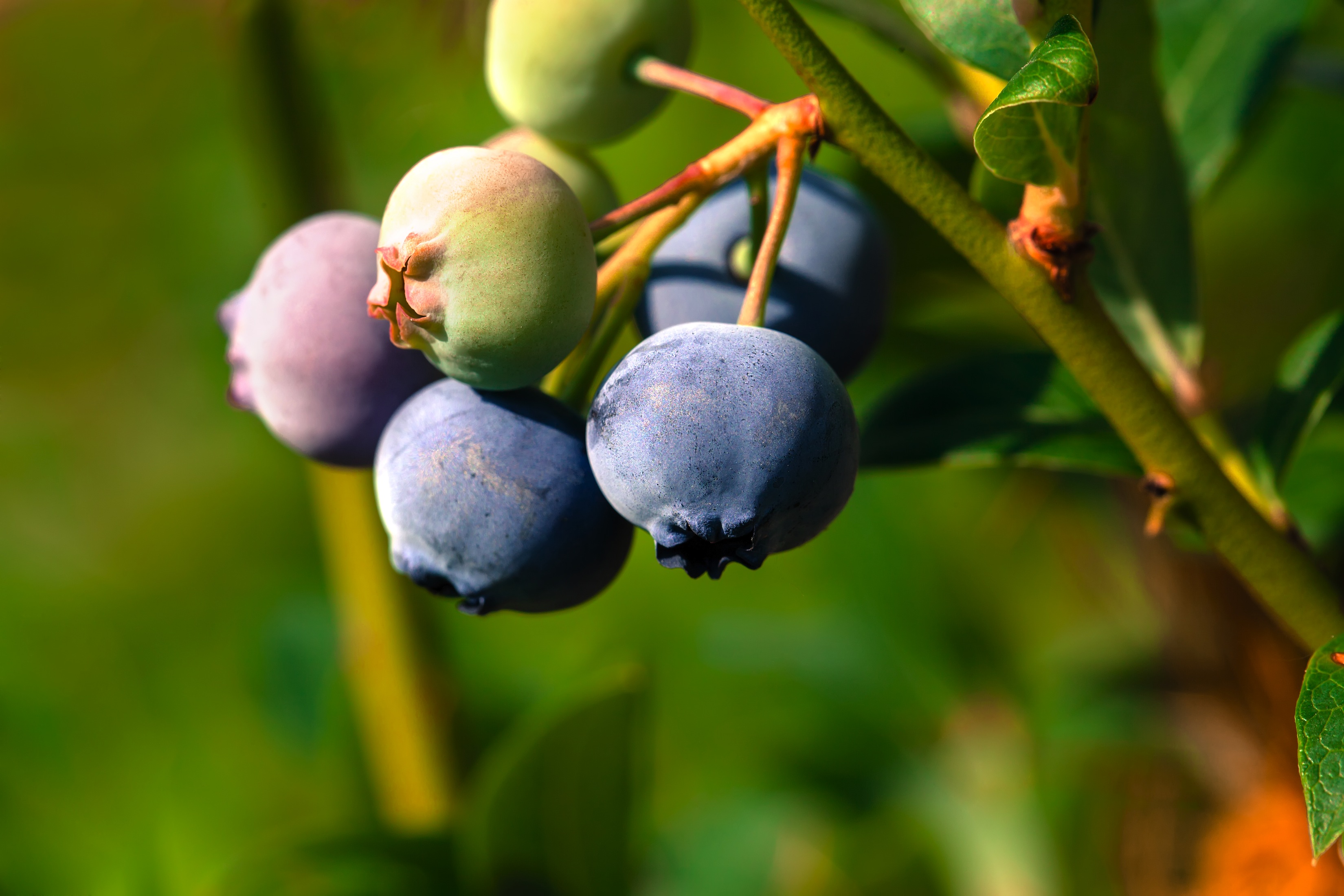Blueberry crop looks strong in New Jersey
With no severe frost or winter damage, growers of New Jersey blueberries expect a good crop for 2018, with harvest start dates lagging a little from a year ago.
Industry leaders also predict a good year for New Jersey peaches.
“We were looking for a bumper (blueberry) crop, but had seven or eight days of rain during bloom and that will cut down on pollination,” said Gary Pavlis, county agent in New Jersey’s Atlantic County.
“We are a little worried that will be decreased a little bit, but I think we are in good shape,” he said in mid-May.
All in all, he said, the crop looks really good.
Harvest is expected to start about June 14, a few days later than normal. Harvest is expected to continue through July and wind up in early August.
“Blueberry harvest will begin harvest in mid-June and run through the end of July,” said Bob Von Rohr, marketing and customer relations manager for Sunny Valley International Inc., Glassboro, N.J.
The company markets under the Jersey Fruit label for conventional fruit and also markets the Big Buck label for organic blueberries, he said May 25.
“Organic blueberries are growing every year,” he said.
He said crop conditions in late May were ideal for development, with temperature in the 80s.
Shipping point prices last year for New Jersey blueberries were $20-22.75 per flat (12 1-pint) on June 17 and continued at that level through July 1. The market traded $20-24 on July 8 and then weakened to $18.75-24 per flat on July 15, trading at $12-21.75 on July 22.
In 2016, the most recent year where statistics are available, New Jersey’s 30 million pounds accounted for 12% of total domestic blueberry shipments. New Jersey’s share of the U.S. market was 20% of domestic production in June and 26% in July.
Fresh blueberry output in New Jersey accounts for about 80% to 85% of the crop, Pavlis said, with the most of the production centered in Atlantic and Burlington counties.
Long term acreage trends show 2016 harvested acreage of blueberries in New Jersey was 9,300 acres, down from 10,000 in 2015 and 9,300 acres in 2014.
Blueberry variety trends
Pavlis said the draper blueberry has been growing in popularity and is thought to be replacing the mid-season bluecrop variety.
“Draper is less prone to anthracnose (than bluecrop), so that’s the feeling that the guys are thinking that draper is going to be the replacement,” he said.
Duke is still the No. 1 early variety for New Jersey growers, and the dominant late season variety is elliot, he said.
Peach outlook bright
Peach volume in New Jersey also is expected to be strong this year, Von Rohr said on May 25. The firm markets peaches under the Jersey Fruit Cooperative label and the Just Picked label.
Stone fruit harvest is active from the first of July through mid-September.
“Both (peaches and blueberries) are looking good and if Mother Nature stays on our side, they should both be full crops.”
Harvested peach acreage in New Jersey in 2016 was 4,700 acres, according to the USDA, unchanged from 2016 and up 100 acres from 4,600 acres in 2014.
Last year, shipping point prices for New Jersey yellow-flesh peaches, size 2¾ inches and up traded at $28.65 per half bushel carton on July 1, selling at $23-26.65 per carton in early August and then drifting lower to $18-22.65 per carton by early September.
The USDA reported peach shipments from New Jersey in 2016 totaled 5.2 million pounds, or about 1% of domestic peach shipments that year. New Jersey’s share of the domestic peach market was less than 1% in July, 3% in August, and 2% in September.
Packaging options
For blueberries Von Rohr said pint clamshells remain the most popular size, with other options including an 18-ounce clamshell, 24-ounce clamshell and a 2-pound clamshell.
“Retailers like to offer consumers different size packs,” he said.
Peaches are mostly packed in 25-pound volume fill cartons, with some two-layer panta packs. Customers are also requesting more stand-up pouch bags this year.
“Pouch bags seem to be growing in popularity,” he said.
05/06/2018







